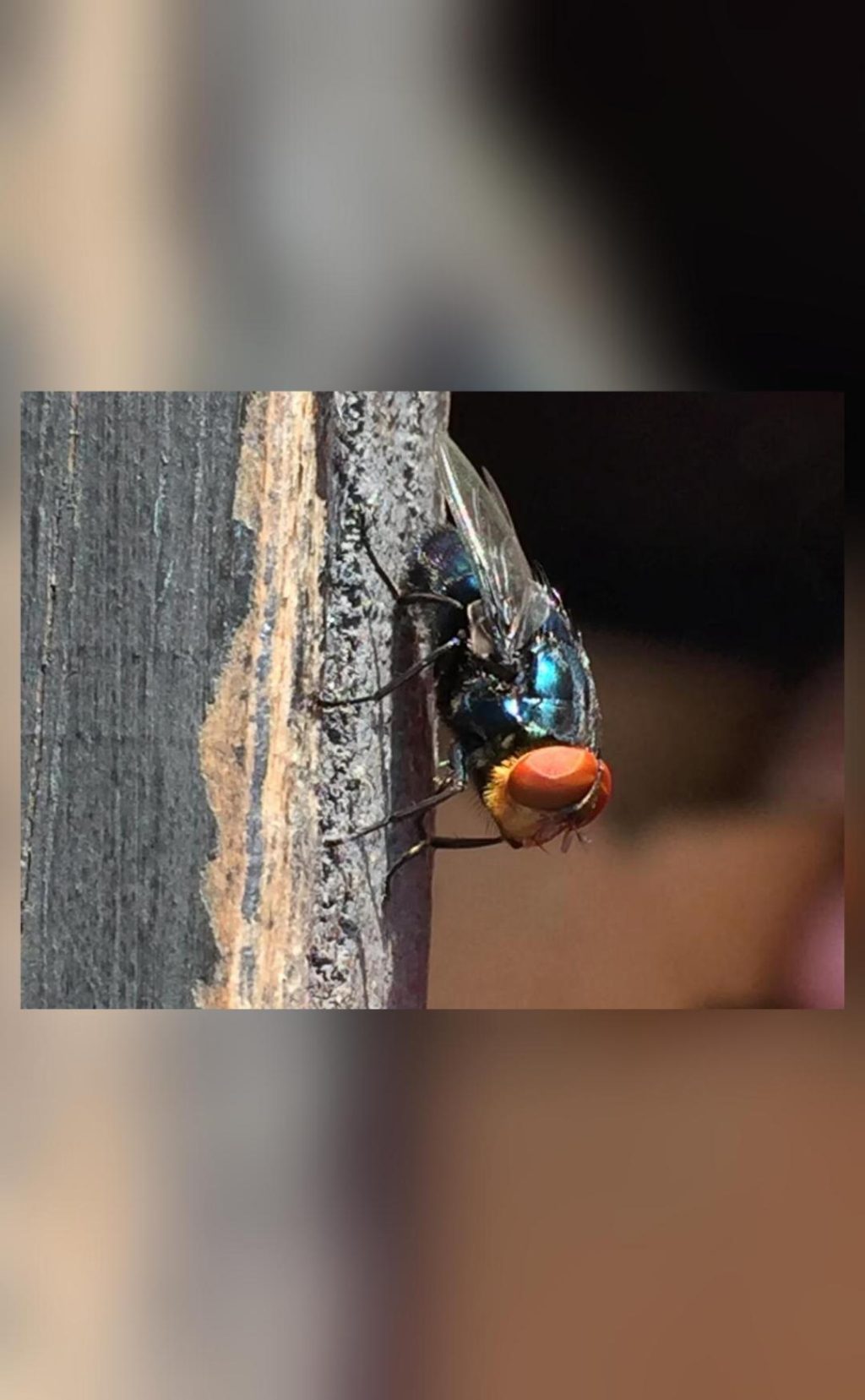
Why is US planning to breed screwworm flies & dump them from planes over Mexico?
In a bizarre move, the United States government is planning to breed billions of male screwworm flies and dump them from planes over Mexico and southern Texas to protect its beef industry from the flesh-eating larvae of the New World screwworm fly. The move is aimed at controlling the spread of the fly, which can cause significant damage to cattle and other livestock.
According to a report by the Hindustan Times, the US government has plans to sterilize the male flies with radiation so that they cannot reproduce with female flies and cause the population to die out. This method, known as sterile insect technique, has been used successfully in the past to control pest populations.
The New World screwworm fly (Chrysops spp.) is a parasitic fly that feeds on the blood of mammals and birds. Its larvae can cause significant damage to cattle and other livestock, leading to significant economic losses for farmers. In addition, the fly’s bite can also cause pain and discomfort to humans.
The US government’s plan to breed and release the male screwworm flies is aimed at controlling the spread of the fly and reducing the risk of infestation to cattle and other livestock. The flies will be bred in a laboratory and sterilized with radiation before being released into the wild.
The plan is part of a larger effort by the US government to protect the beef industry from the threat posed by the New World screwworm fly. The fly is native to Central and South America, but it has been introduced to other parts of the world, including the southern United States, through human activity.
The US Department of Agriculture’s Animal and Plant Health Inspection Service (APHIS) is leading the effort to control the spread of the fly. The agency has been working with state and local authorities, as well as international partners, to develop and implement a comprehensive plan to control the fly.
The plan involves a number of different strategies, including the release of sterilized male flies, the use of traps and bait stations to capture and kill female flies, and the implementation of biosecurity measures to prevent the fly from spreading to new areas.
The release of sterilized male flies is a key component of the plan. The males will be bred in a laboratory and sterilized with radiation before being released into the wild. The sterilized males will then mate with female flies, but the eggs they lay will not hatch, thus reducing the population over time.
The plan has been successful in the past in controlling the spread of other pest species. For example, the sterile insect technique was used to control the population of the Mediterranean fruit fly in California in the 1970s. The technique was also used to control the population of the Mexican fruit fly in Florida in the 1990s.
The US government’s plan to breed and release sterilized male screwworm flies has received widespread support from the agricultural industry and conservation organizations. The plan is seen as a cost-effective and environmentally friendly way to control the spread of the fly and protect the beef industry.
In conclusion, the US government’s plan to breed and release sterilized male screwworm flies is a bold effort to control the spread of the New World screwworm fly and protect the beef industry. The plan has been successful in the past in controlling the spread of other pest species, and it is expected to be effective in controlling the spread of the screwworm fly.






